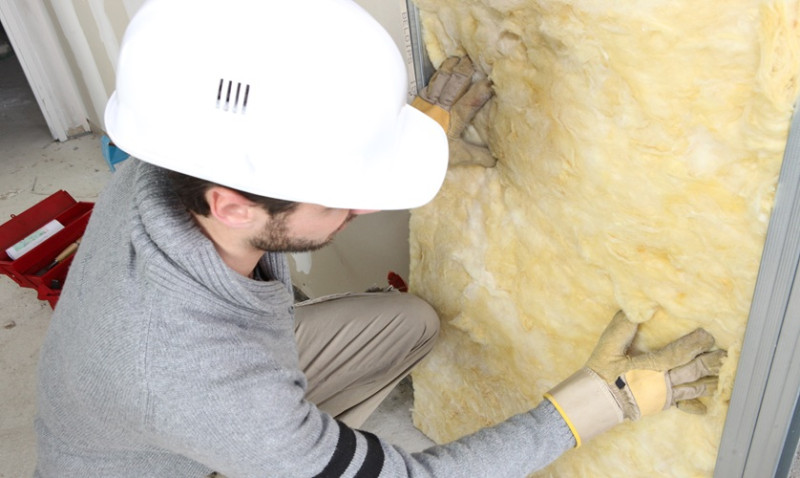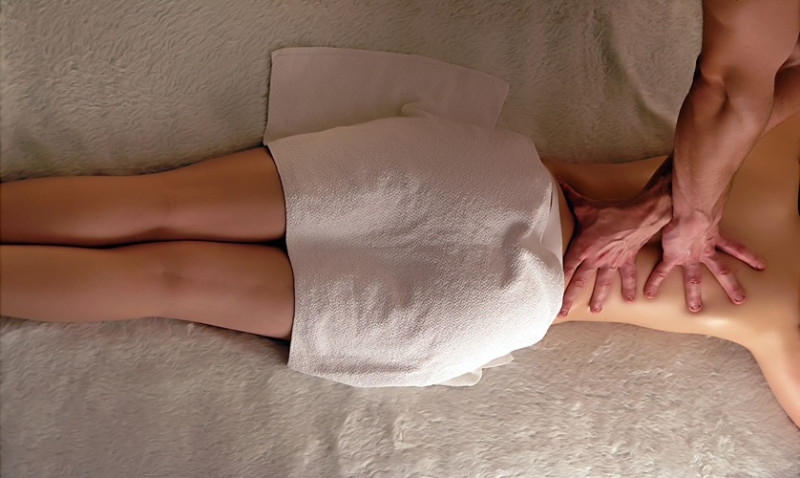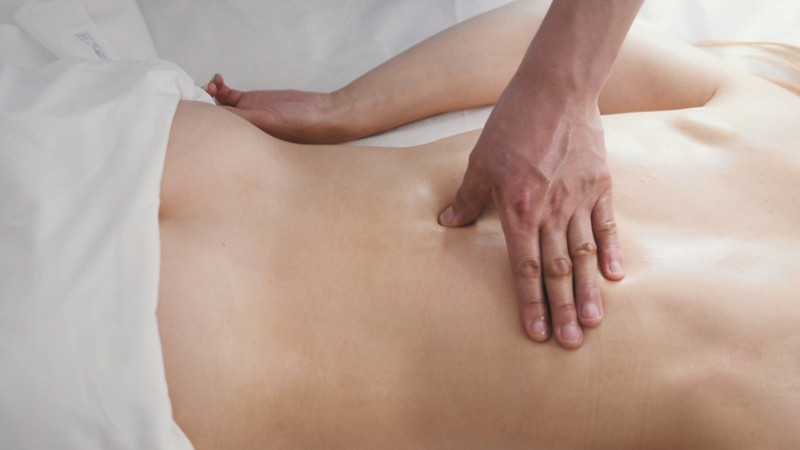
If you're planning to attend massage therapy school in the United Kingdom, congratulations — you're on the path to a rewarding and hands-on career that improves lives. Whether you’re pivoting into a new profession, adding to your skillset as a wellness professional, or inspired by a passion for health and wellness, preparing before you start will set you up for success. There’s more to massage therapy than meets the eye, from anatomy and physiology to the legal and ethical aspects of the job.
To help you get a head start, we’ve put together the top 5 essential topics to study before enrolling in a massage therapy course. These foundations will not only make your coursework easier but also give you a competitive edge in your training and future practice.
1. Human Anatomy & Physiology
Massage therapy isn’t just about touch and relaxation; it’s grounded in science. Understanding the body’s systems, especially muscles, bones, and nerves, is fundamental to performing effective and safe bodywork. Many students are surprised by how in-depth the anatomical studies are in massage school.
Start familiarising yourself with major muscle groups, skeletal structure, and how the circulatory and nervous systems function. Resources like online anatomy quizzes, 3D anatomy apps, or even used medical school textbooks can help build your knowledge base.
Focus particularly on locations and functions of muscles, how joints move, and how different systems of the body interact. This information is critical when learning therapeutic techniques that aim to relive pain, improve mobility, or enhance relaxation.
Investing time in anatomy before starting school will make it much easier when you get to the more advanced hands-on training. Not only will theory classes become more digestible, but you’ll also be better equipped to link what you learn to real-life practice.
Moreover, understanding anatomy helps you work safely — knowing where not to apply pressure is just as important as knowing where to target.
2. Basic Pathology
Knowing what’s safe and what’s not in bodywork is essential. That’s where pathology comes in. Basic pathology is the study of disease — and every massage therapist must understand common conditions that a client may present during treatment.
From musculoskeletal disorders like arthritis and fibromyalgia to systemic conditions like diabetes or high blood pressure, you’ll need to be aware of what conditions contraindicate massage or require special considerations.
For example, massaging over a deep vein thrombosis (DVT) or touching an inflamed joint in rheumatoid arthritis could be dangerous. A strong foundation in pathology enables you to protect clients and provide appropriate care.
Some massage therapy courses in the UK will cover this in great depth, but walking in with a basic understanding of how different ailments affect the human body helps you apply techniques more intelligently and safely.
You might consider free resources from medical websites, reputable health organisations such as the NHS, or introductory books on human diseases tailored for massage students.
3. Terminology and Medical Language
Like any medical-related field, massage therapy uses technical language. Before school starts, it pays to become familiar with the vocabulary you'll need to succeed in your training.
Terms like "anterior," "posterior," "superficial," and "deep" will be used constantly, and understanding this directional terminology early will help you communicate effectively with instructors and other healthcare professionals.
In addition, being fluent in muscle group names (such as trapezius, deltoid, or gastrocnemius) and conditions (like sciatica or lordosis) helps prevent that common first-week-overwhelm that many students experience.
Professional communication is a big part of massage therapy, especially if you plan to work with physiotherapists, chiropractors, or in a spa setting. You’ll be expected to communicate clearly and accurately about your clients’ bodies and needs.
Consider printing out flashcards or creating visual diagrams to study regularly. Even 15 minutes a day can build an effective working vocabulary before your first class begins.
4. Ethics and Professional Boundaries
Massage therapy is an intimate service that requires clear boundaries and professional conduct at all times. Ethical professionalism ensures the safety, comfort, and trust of your clients — and protects you legally and reputationally.
Before beginning massage school, spend time thinking about how you’ll manage relationships with clients, accept informed consent, respect privacy, and handle potentially awkward conversations about touch and personal space.
You should also have a strong understanding of confidentiality policies, especially if you're handling client records or working in a clinical environment. In the UK, therapists must follow GDPR regulations and the guidelines set by professional bodies like the Federation of Holistic Therapists or the Massage Training Institute.
Learning about proper draping techniques, how to conduct a pre-treatment intake form, and safely terminating a session are all part of maintaining boundaries while delivering care.
Fortunately, there are many online resources and codes of ethics you can study ahead of time. Developing a mindset of respect, empathy, and professionalism will set the tone for your career, and instructors will notice your awareness from day one.
5. Self-Care & Physical Conditioning
This might seem surprising, but preparing your own body is just as important as studying theory. Massage therapy is a physically demanding career. Without proper conditioning, posture, and body mechanics, burnout and injury are unfortunately common.
Start adopting a routine that builds core strength, flexibility, and stamina. Yoga, Pilates, or functional strength training can all help you maintain strong ergonomics during massage work.
You’ll be on your feet for long periods, using your hands, wrists, and forearms each day. Learning how to use your body weight instead of over-relying on small joints can prevent injuries like carpal tunnel or back strain.
Massage therapists are also big advocates of wellness — so practicing what you preach through healthy habits, stress management, and prioritising sleep will go a long way in both school and your future business.
Take time to learn about proper hydration, nutrition, and even mindfulness techniques. These can all contribute to both physical and emotional resilience as you enter a hands-on field of therapy and care.
Final Thoughts
Massage therapy school is exciting and challenging — and like any professional journey, preparation makes all the difference. By taking the time now to understand basic anatomy, medical conditions, technical terminology, ethical principles, and your own physical conditioning, you’ll hit the ground running.
Use this time before school to build healthy habits, gather reliable resources, and foster curiosity. Not only will you soak in your training more deeply, but you’ll also begin shaping the knowledge, professionalism, and confidence needed to succeed in the ever-growing UK wellness industry.
If you're serious about entering massage therapy school, let this be your pre-training bootcamp. The more you prepare today, the better therapist you’ll become tomorrow.





